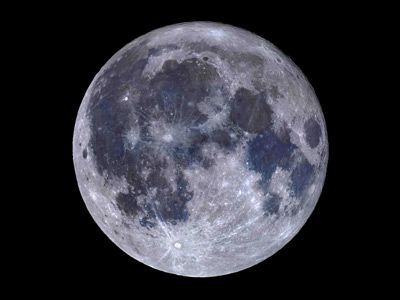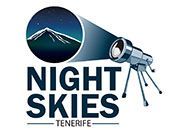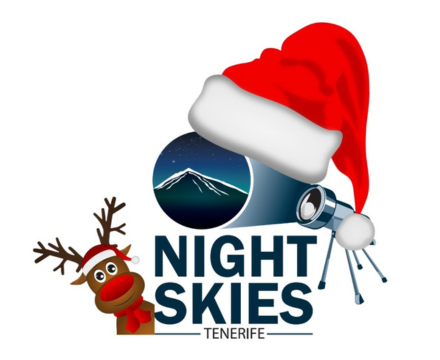Mount Teide Stargazing in Tenerife this November
Andromeda Galaxy, Pleiades, The Orion Nebula and the Spectacular Leonids Meteor Shower
November is one of the most breathtaking months to go stargazing in Tenerife. As cooler, clearer nights settle over the Canary Islands, the skies above Teide National Park reveal a dazzling array of constellations, galaxies, zodiac signs, and shooting stars.
Far from city lights and high above the clouds, this Starlight-certified reserve offers one of the clearest, most awe-inspiring views of the cosmos anywhere in the world.
Join Night Skies Tenerife for a guided astronomy adventure that blends expert storytelling, high-powered telescopes, and the raw beauty of the volcanic landscape. November’s celestial display makes every evening unforgettable.
November Skylight - The Spectacular Leonids Meteor Shower , peaking November 17th.
The Leonid meteor shower originates from the Comet 55P/Tempel-Tuttle. The meteors you see during the Leonid shower are the debris particles left behind by this comet as it moves through space.
It is one of the most famous and spectacular meteor showers, known for its dramatic outbursts that can produce hundreds or even thousands of meteors per hour in some years, typically peaking around November 17th, although the shower can be active for several days, from about November 6th to November 30th.
The meteors appear to come from the constellation Leo, hence the name "Leonids." The radiant is located near the star Regulus, the brightest star in Leo. However, the meteors themselves streak across the sky in all directions.
Constellations Over Tenerife in November
As the Earth tilts toward winter, the autumn and early winter constellations become dominant across Tenerife’s southern skies:
- Orion the Hunter – Rising in the east, Orion is one of the sky’s brightest and most famous constellations. See the red supergiant Betelgeuse, blue-white Rigel, and the stunning Orion Nebula.
- Taurus the Bull – Home to the fiery star Aldebaran and the Pleiades cluster (the Seven Sisters), Taurus glows brightly during November nights.
- Andromeda – Hosting our nearest galactic neighbour, the Andromeda Galaxy (M31), visible as a faint, misty patch even without a telescope.
- Cassiopeia & Perseus – High overhead, their distinctive shapes mark the Milky Way’s path, home to glittering star clusters.
- Pegasus – The Great Square of Pegasus is your gateway to deep-sky wonders like Andromeda and Triangulum.
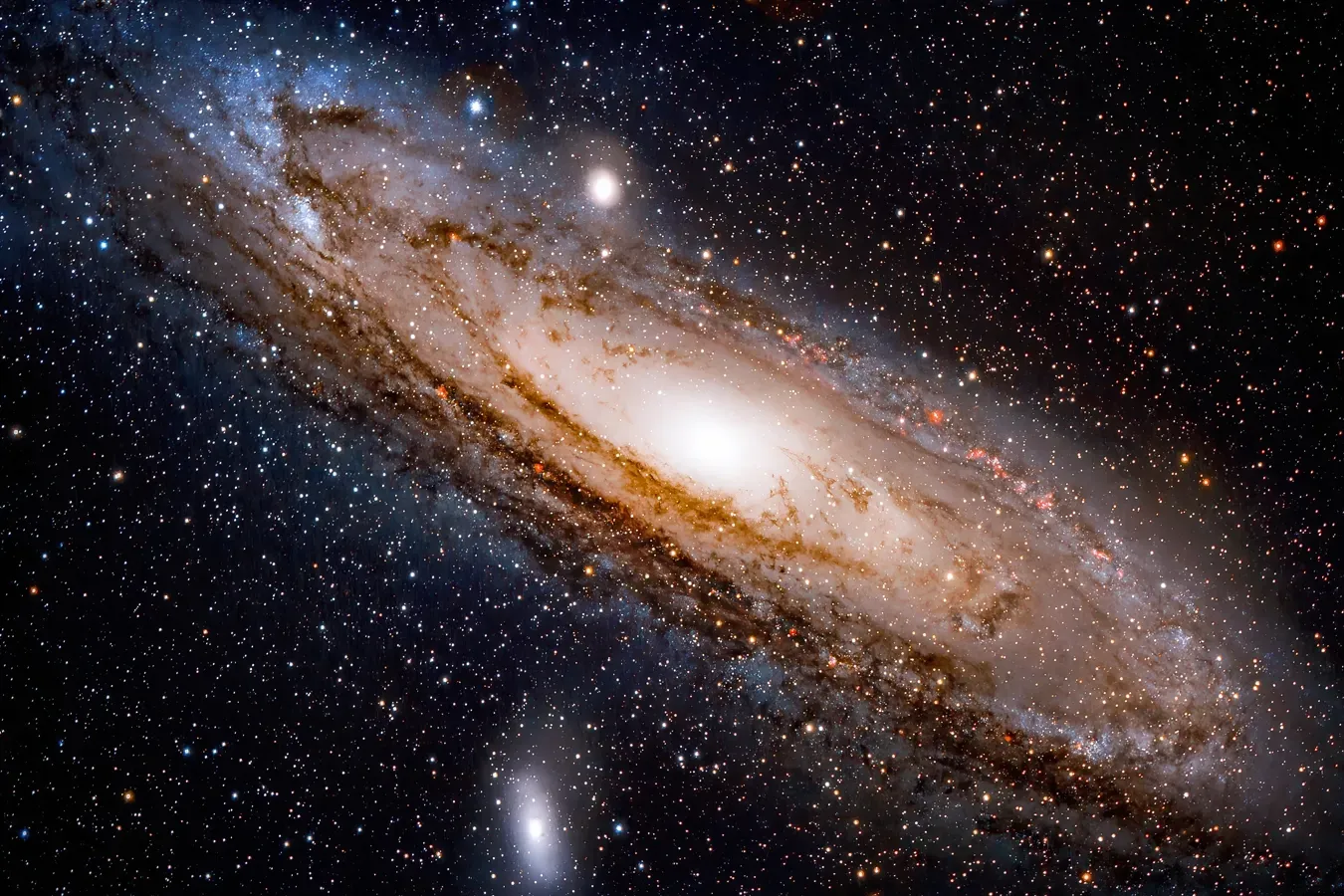
Galaxies and Deep Sky Wonders
With the naked eye or telescope, you can explore some of the universe’s greatest treasures:
- Andromeda Galaxy (M31) – Over 2.5 million light years away, yet clearly visible from Tenerife’s dark skies.
- The Pleiades (M45) – A sparkling cluster of young blue stars in Taurus, best seen through binoculars.
- The Orion Nebula (M42) – A cosmic nursery of newborn stars glowing in Orion’s Sword.
- The Double Cluster in Perseus – Two adjacent star clusters shining side by side through our telescopes.
These objects are not just astronomical features — they are living windows into the universe’s past.

Zodiac Signs in the November Sky
November bridges Scorpio and Sagittarius in the zodiac.
- Scorpio is visible early in the evening, its graceful curve of stars forming the celestial Scorpion’s tail.
- Sagittarius, representing the Archer, lingers low on the horizon — the last glimpse of the summer Milky Way.
- As the month progresses, Taurus and Gemini rise, heralding the constellations of winter and the festive season’s brightest stars.
Our guides bring the zodiac to life with mythology and laser pointers to trace their celestial shapes.
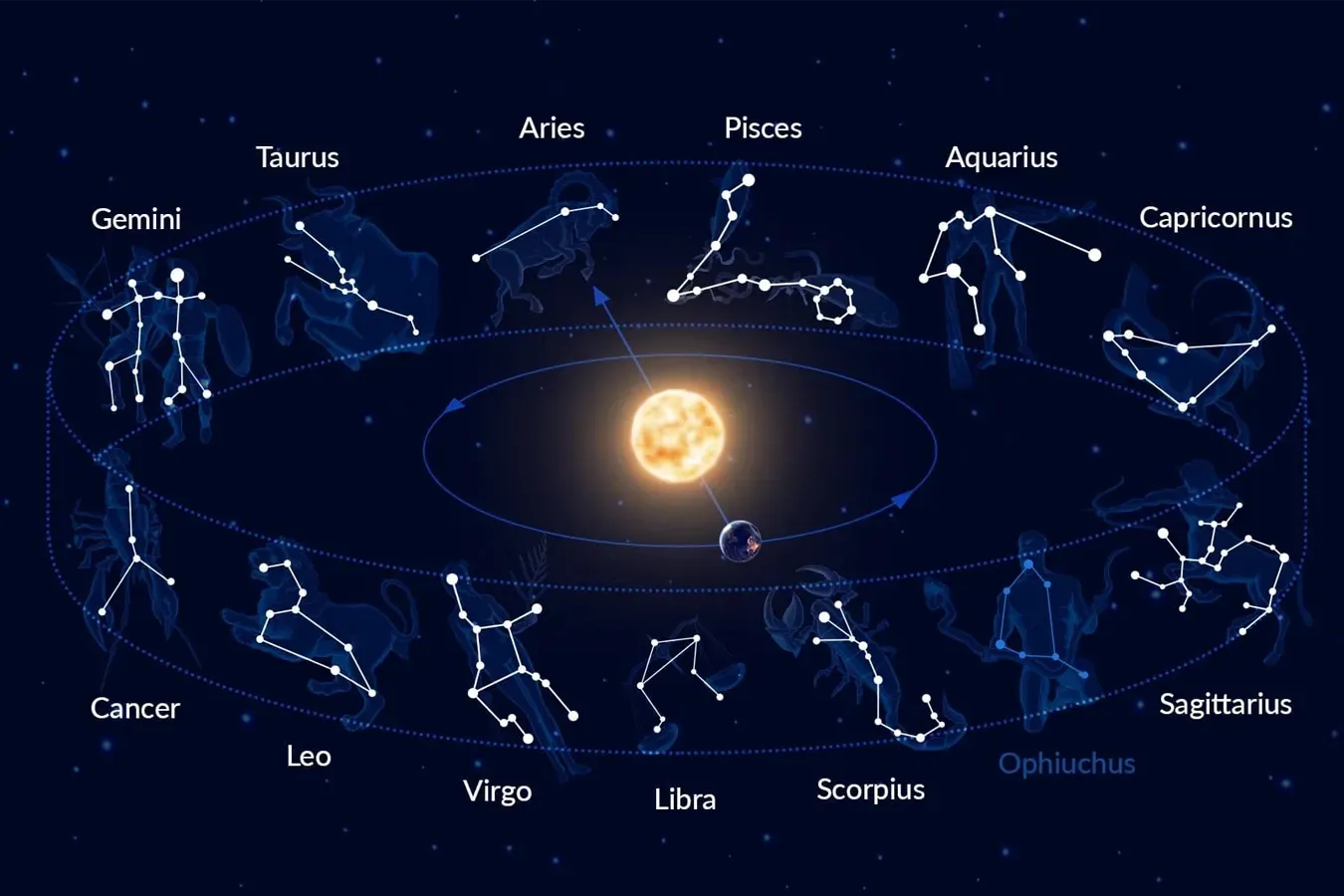
Source: starwalk.space/en
The Moon Phases
For the darkest skies and the most stars, the best time is a couple of days after the full moon, for three weeks.
New Moon
20th November - The moon will be completely dark and not visible from Earth.
First Quarter
1st November - The right half of the moon will be illuminated, providing good viewing conditions.
Full Moon
6th November - The entire face of the moon will be illuminated, making it bright and prominent in the night sky.
Last Quarter
12th November - The left half of the moon will be illuminated as it transitions back to a new moon.
